Through Our Lens: Bradford Teenagers Share their Photography
Published 19 August 2020 by MPB
We speak to Carolyn Mendelsohn, who has been running a virtual workshop for young people to creatively express their experiences during the Covid-19 lockdown in Bradford, UK. Read on to find out more and discover their work.
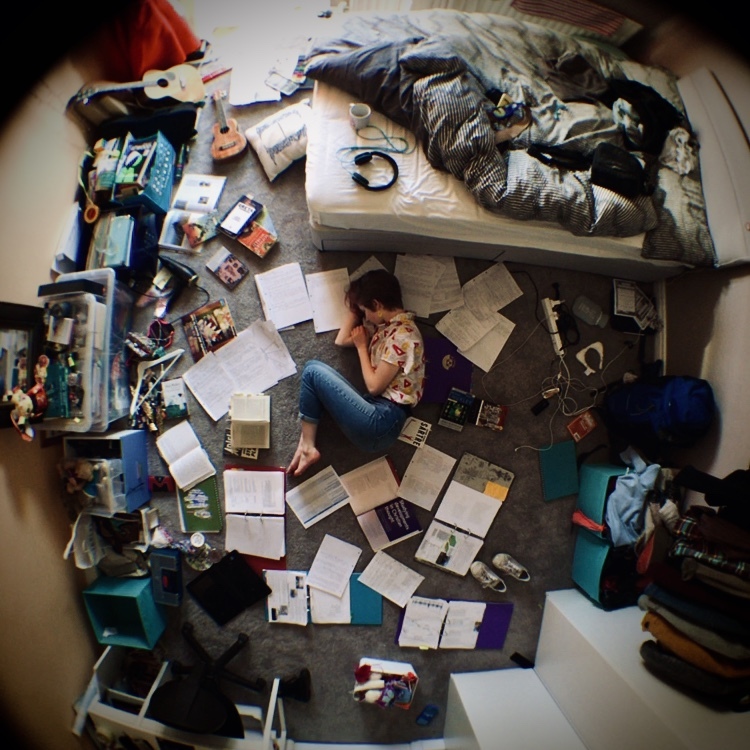
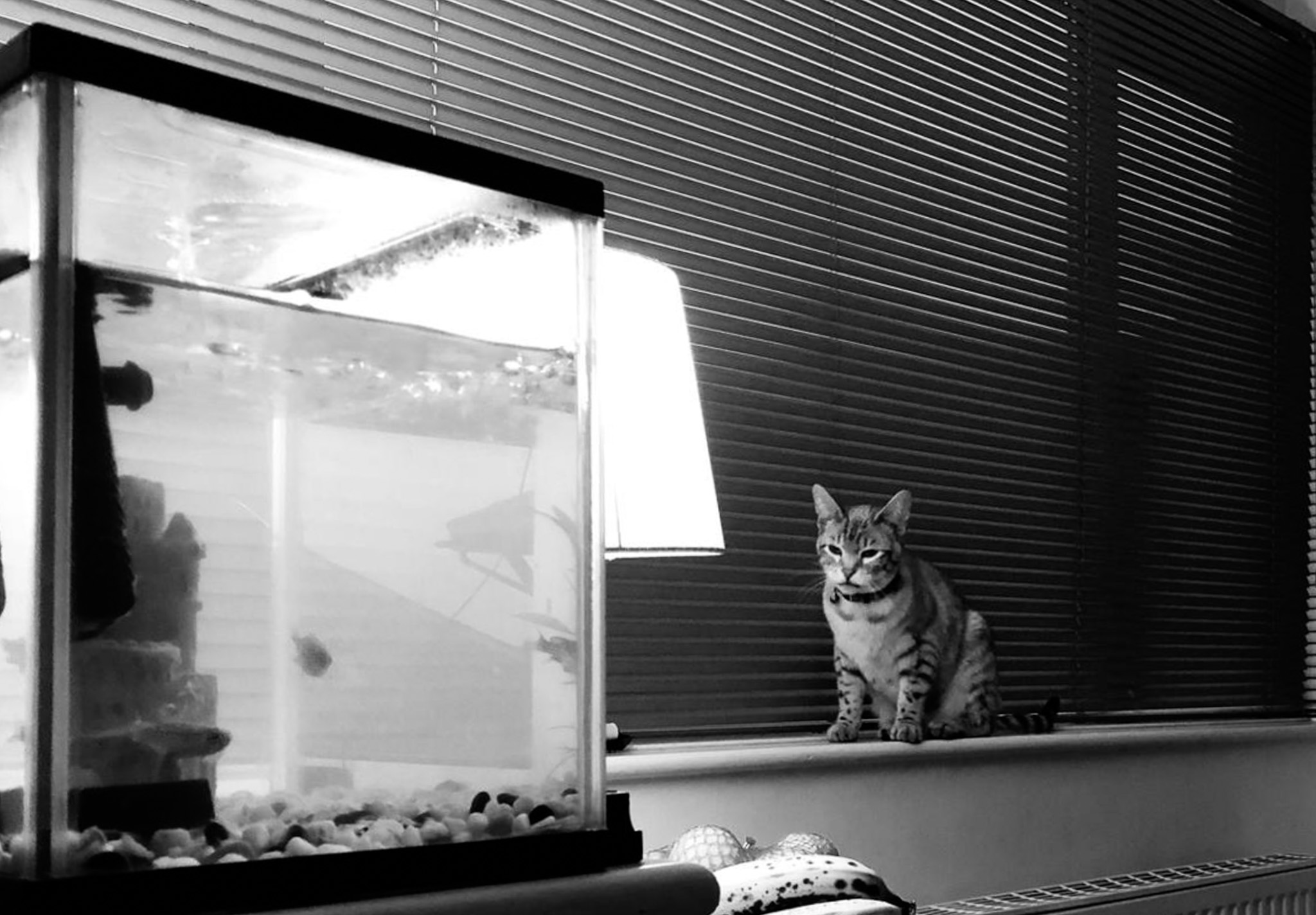
MPB: What is the project and how did it come about?
CM: Through Our Lens: Self Isolation Project 13-18 came about because, as an artist/photographer, all my own work was cancelled because of lockdown—including a major exhibition, the publication of a book and all my commercial and personal commissions. It was a huge shock and blow. I live in Bradford District, and Bradford Council started to offer response grants to artists. I was documenting my own experience, through photography and writing, but the voice of young people—in particular, teenagers—hadn’t been heard. I have three teenage children myself, and I understand how challenging this time is for them. For them, their lives have been turned upside down; all major exams cancelled, rites of passage like the prom, the structure of their lives has been completely changed, and many are very isolated. I felt that their story is an important one, and should be more visible. I proposed doing a call-out to find young people between the ages of 12 and 18, who wanted to work with me, to start photographing their experiences and documenting their lives. Luckily, Bradford Council felt this was an interesting idea and awarded me a response grant to start it off.
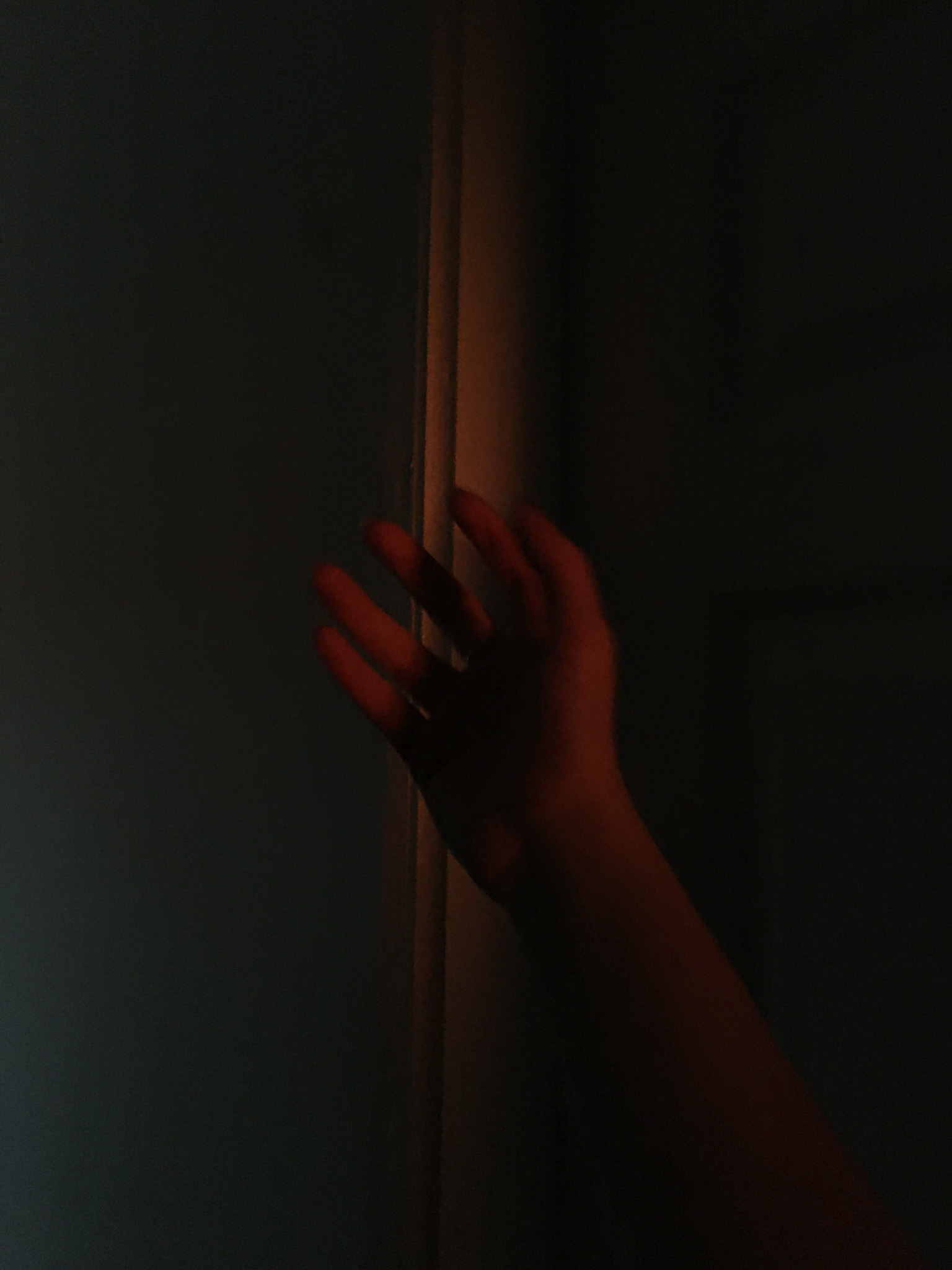
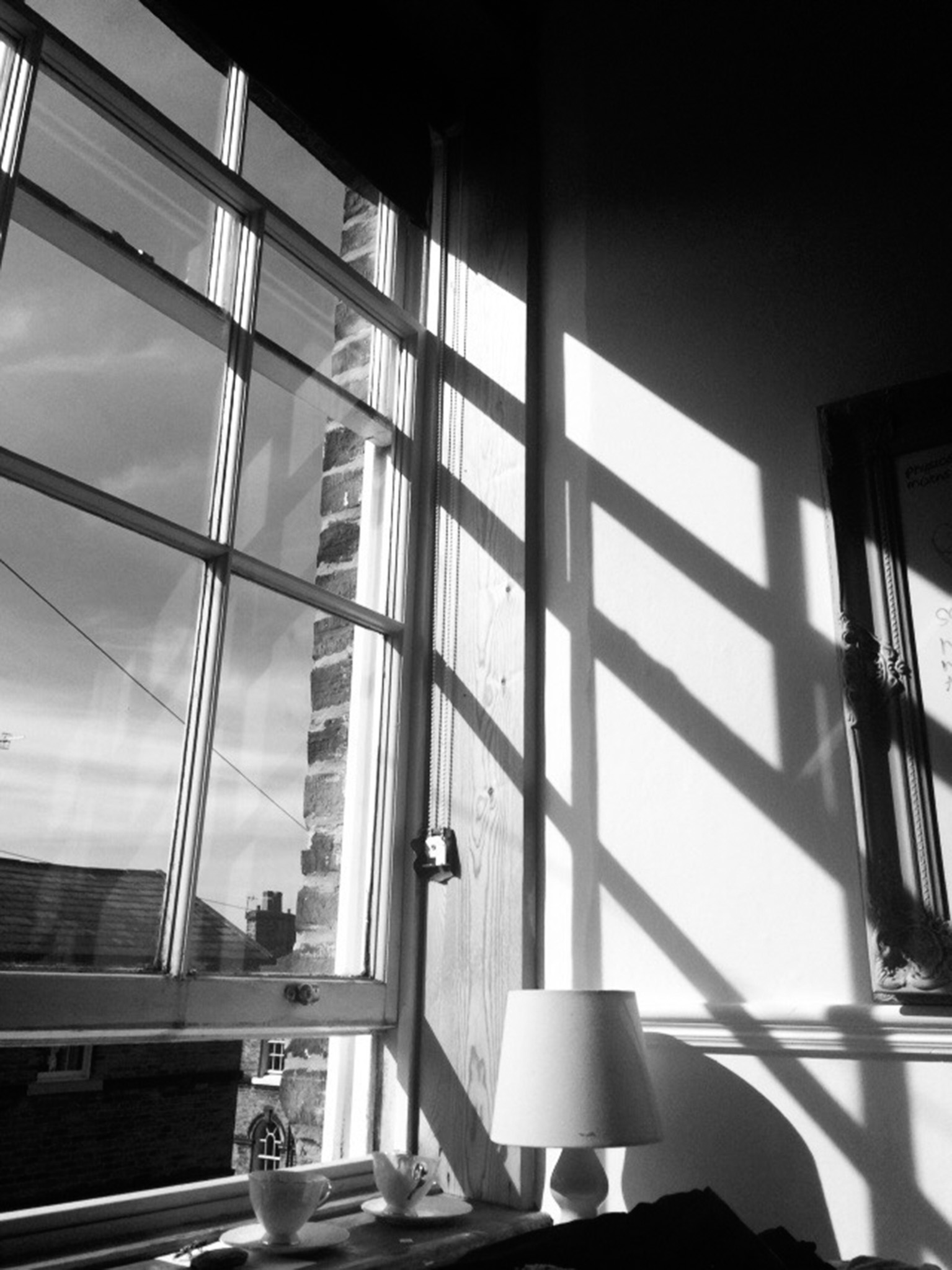
MPB: How did you find the young photographers involved in the project?
CM: I created a flyer inviting young people from Bradford to work with me, and posted it on social media. I sent information to the young people who contacted me, as well as community groups and schools. After a week, I started to build up a group of 20 young people and set up a weekly workshop over a video call. The aim was to enable them to document their lives by building up their skills and enabling them to learn how to use their phones and cameras. But, also encourages them to use their creativity when expressing their personal situation through photography. I’ve introduced them to the work of other artists, building up their own experience. I want them to feel this is their group and that I work with each of them to build up their confidence and skills. It is important to me that the work is truly theirs, and represents them. I encourage their individual voice and creativity to come out.
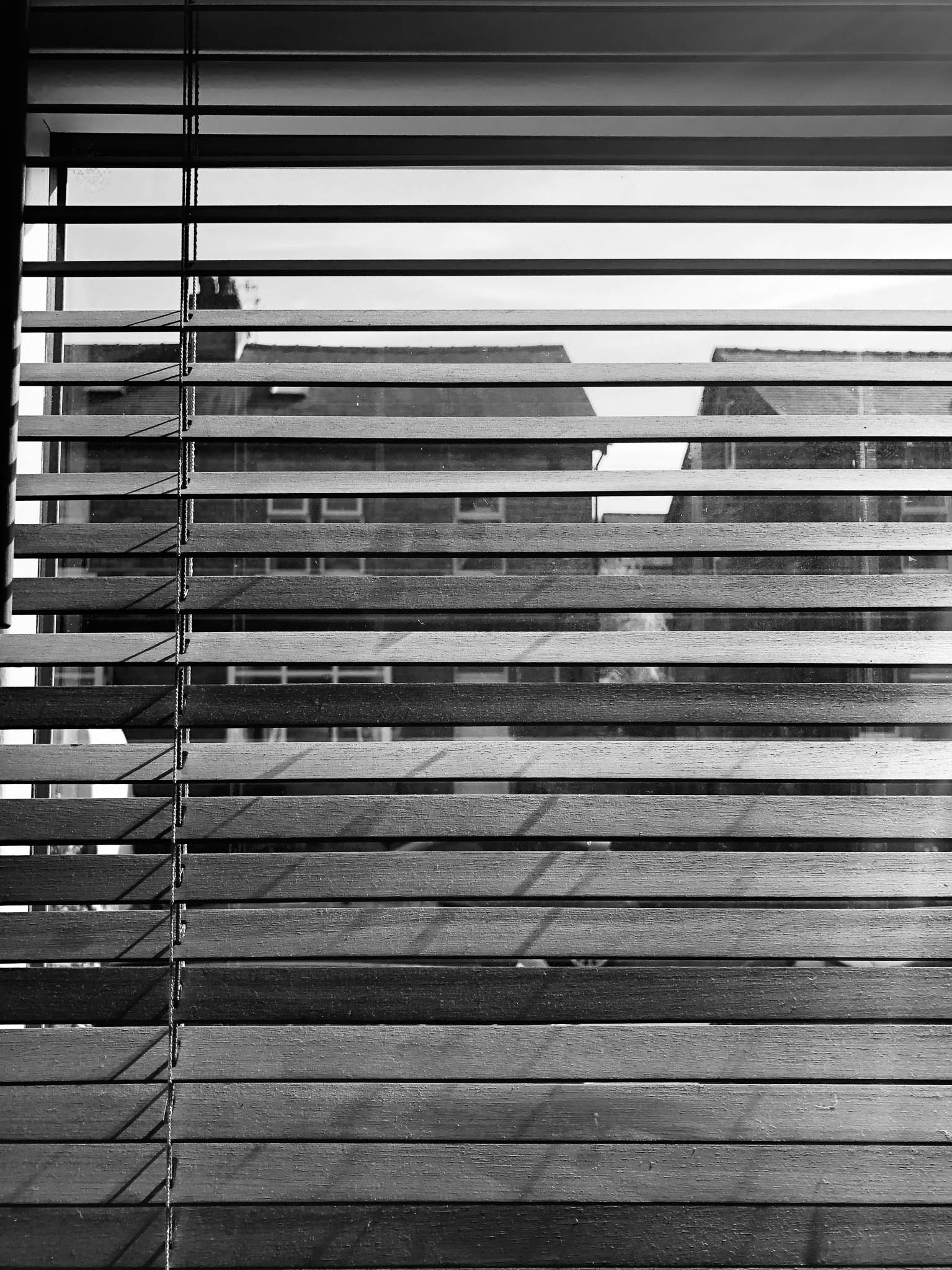
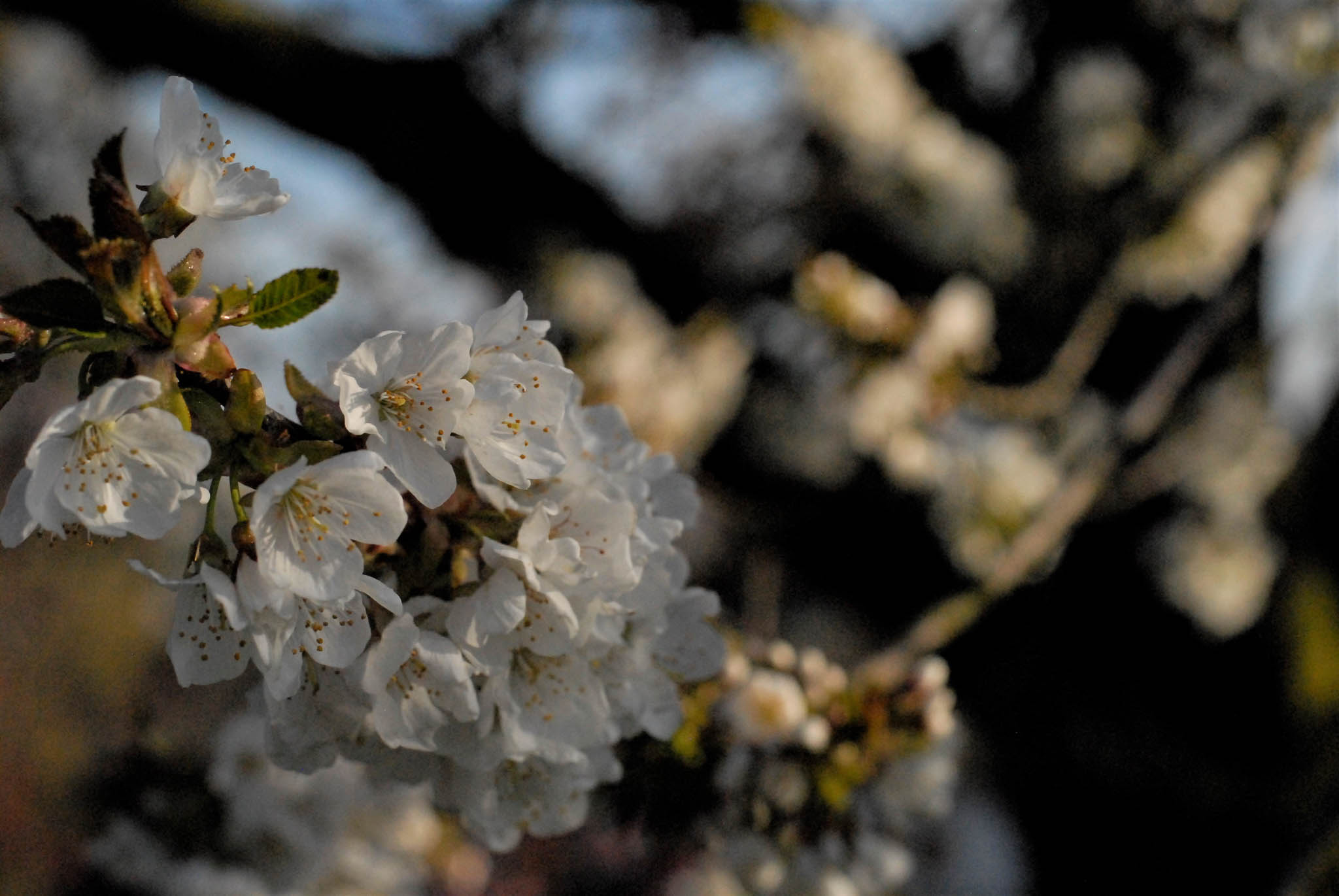
MPB: What kind of gear are the young people involved with the project shooting with?
CM: Most of the young people are using their phones. Many haven’t ever taken photography seriously before. There are six of the group who have access to DSLRs—most of these have kit lenses, and one has a 50mm prime lens.
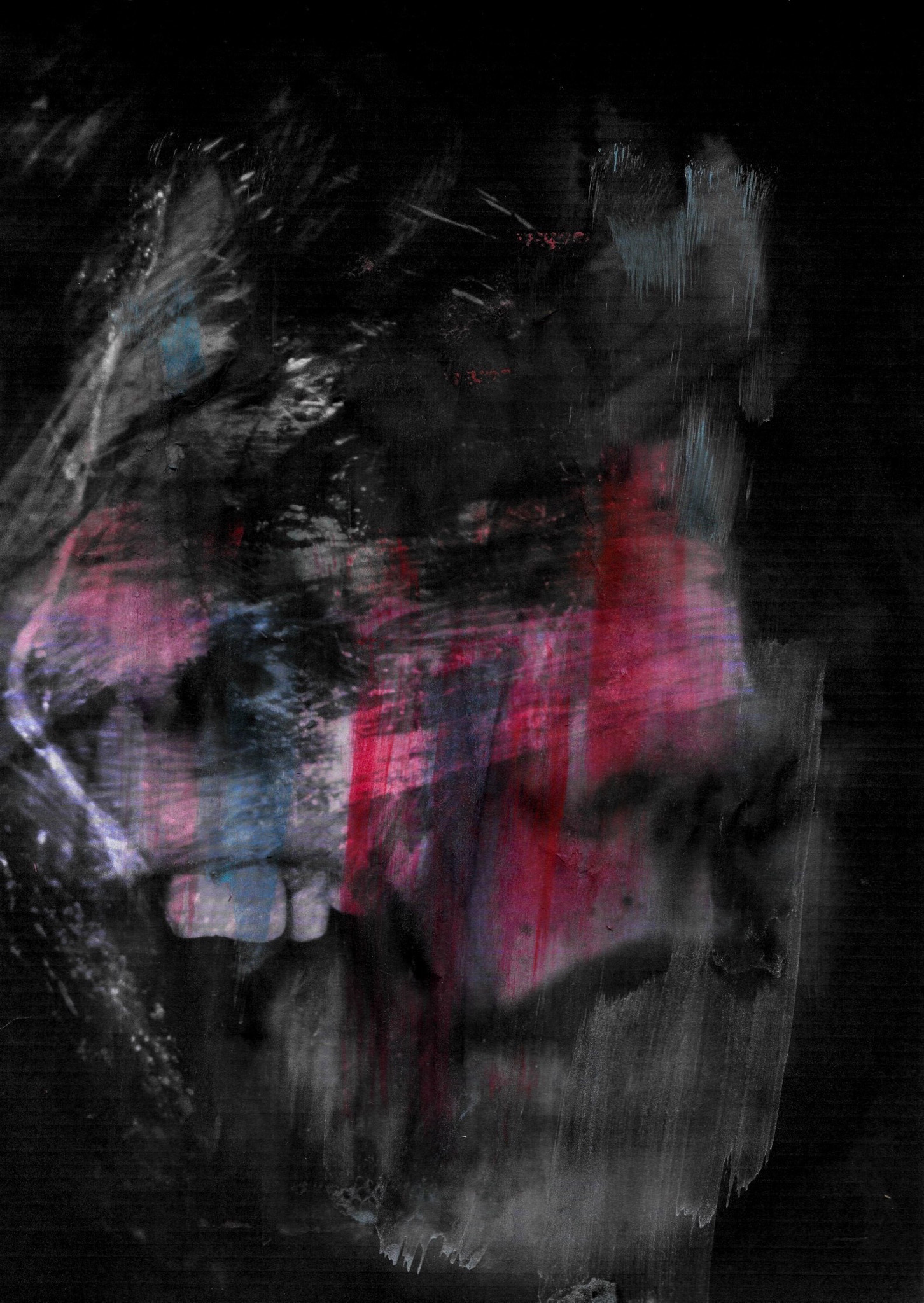
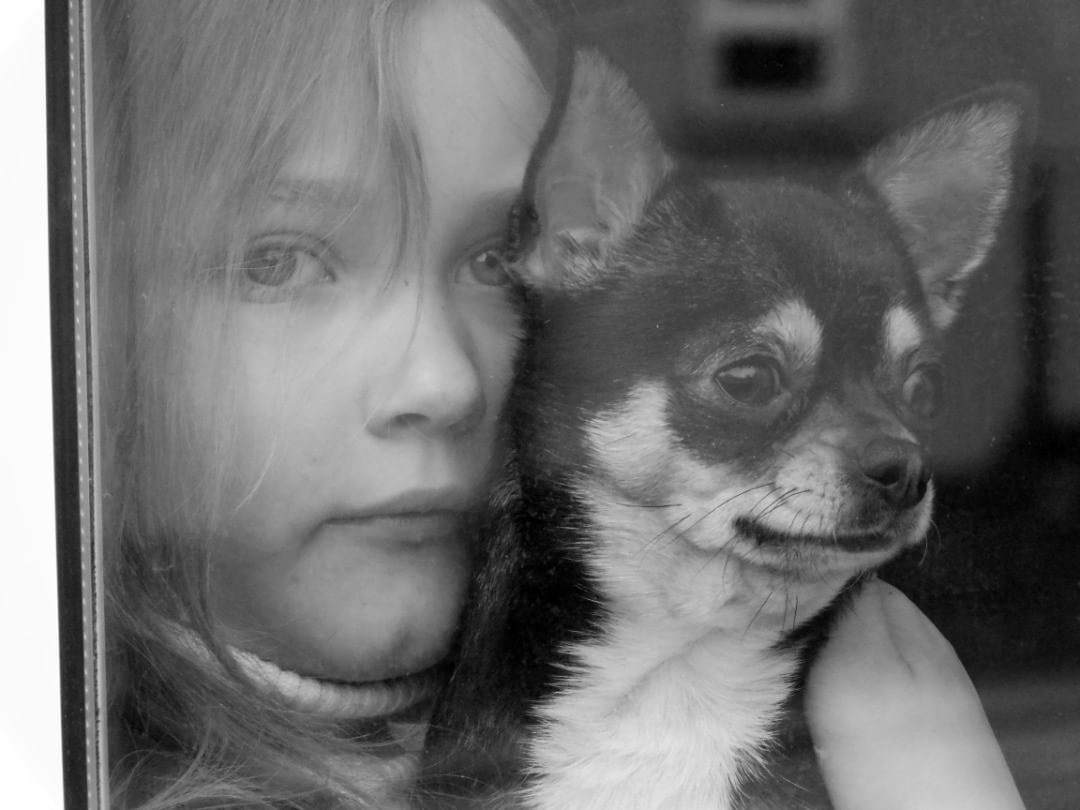
MPB: What role do you think photography can play in the lives of young people?
CM: I feel that photography provides an amazing opportunity, particularly in the current challenging situation we are in, for young people to explore the world they are living in and show their experience through images. As well as learning basic photography skills, it’s giving them tools to use in a therapeutic and mindful way. Creatively expressing your situation, and then showing the world, is incredibly empowering. The potential is endless, and the wonderful thing about photography is that you can always learn more. I encourage them to be creative, to make mistakes, to never try to please me, to learn from each other, and to build and develop all the time. These are all great transferable skills. In many ways, it has been amazing how this has happened and evolved in the way that it has. I never quite expected it to turn out like this. It has changed the participants’ own experience of lockdown—and has made my own so much better too.
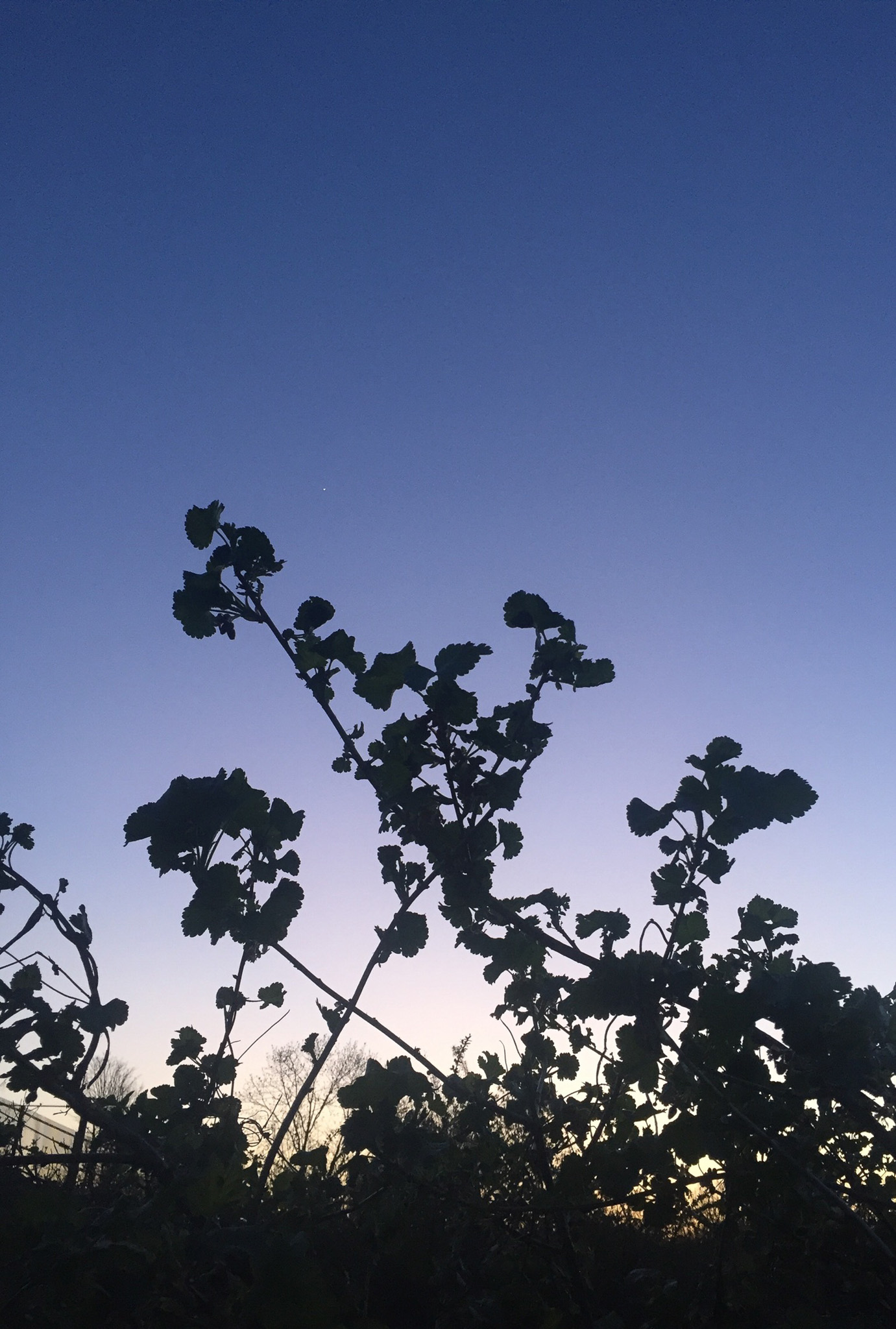
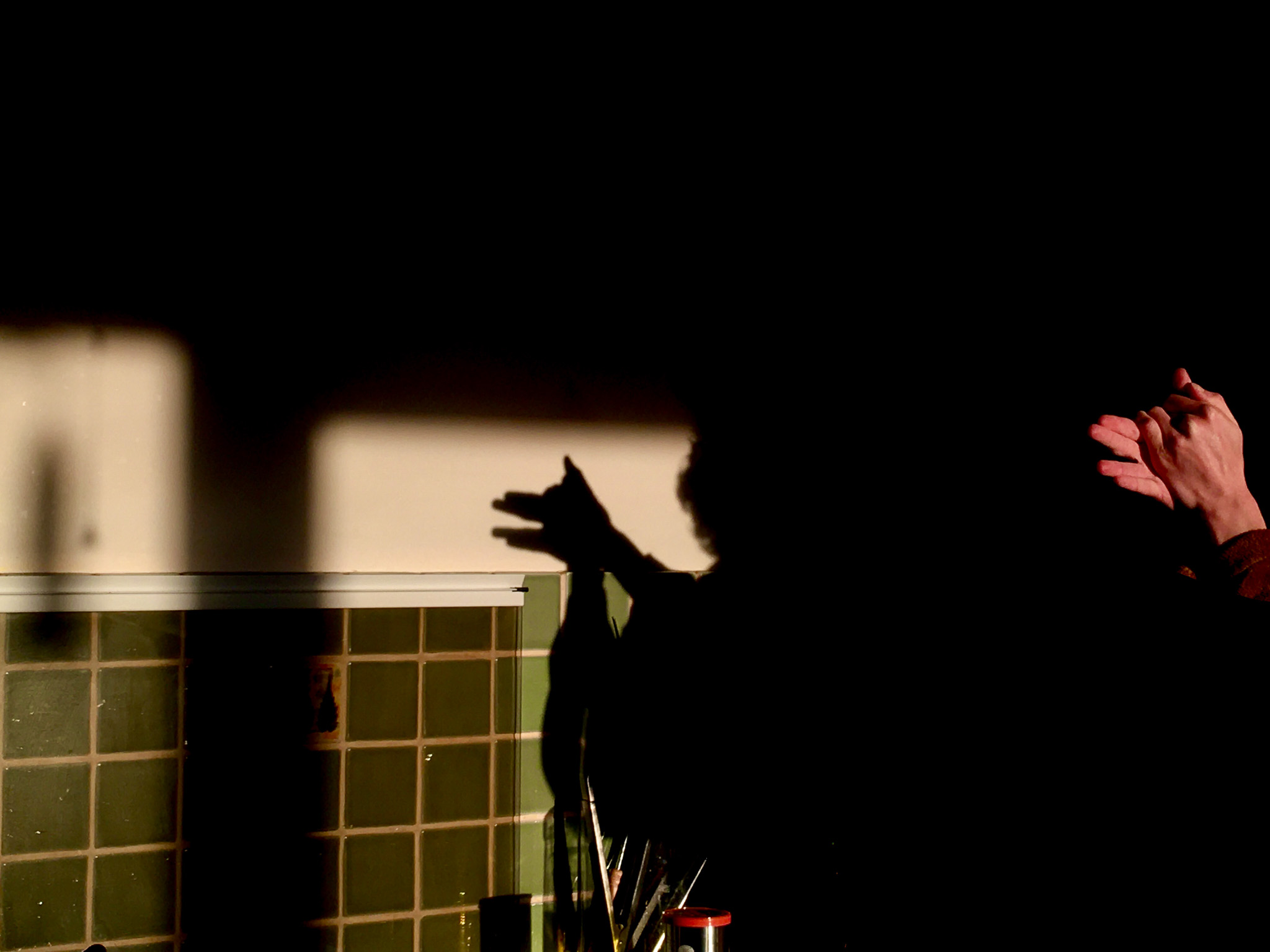
MPB: What type of photography do you normally shoot?
CM: In normal circumstances, I am a portrait photographer. I also do fashion and editorial work, and commercial commissions. My love is in portraits, stories and personal projects. I love being able to do my personal work. My long-form project Being Inbetween explores the complex transition between girlhood and young adulthood. It comprises formal portraits and recorded interviews with the young participants, crafted into a soundscape. This year, I was invited to exhibit the work at Bologna Art Week 2020, and Impressions Gallery in Bradford, and have it printed in a book. These have all been cancelled due to the coronavirus crisis. Despite these setbacks, I have to say that I feel that in the situation something unexpected and amazing has happened with Through Our Lens.
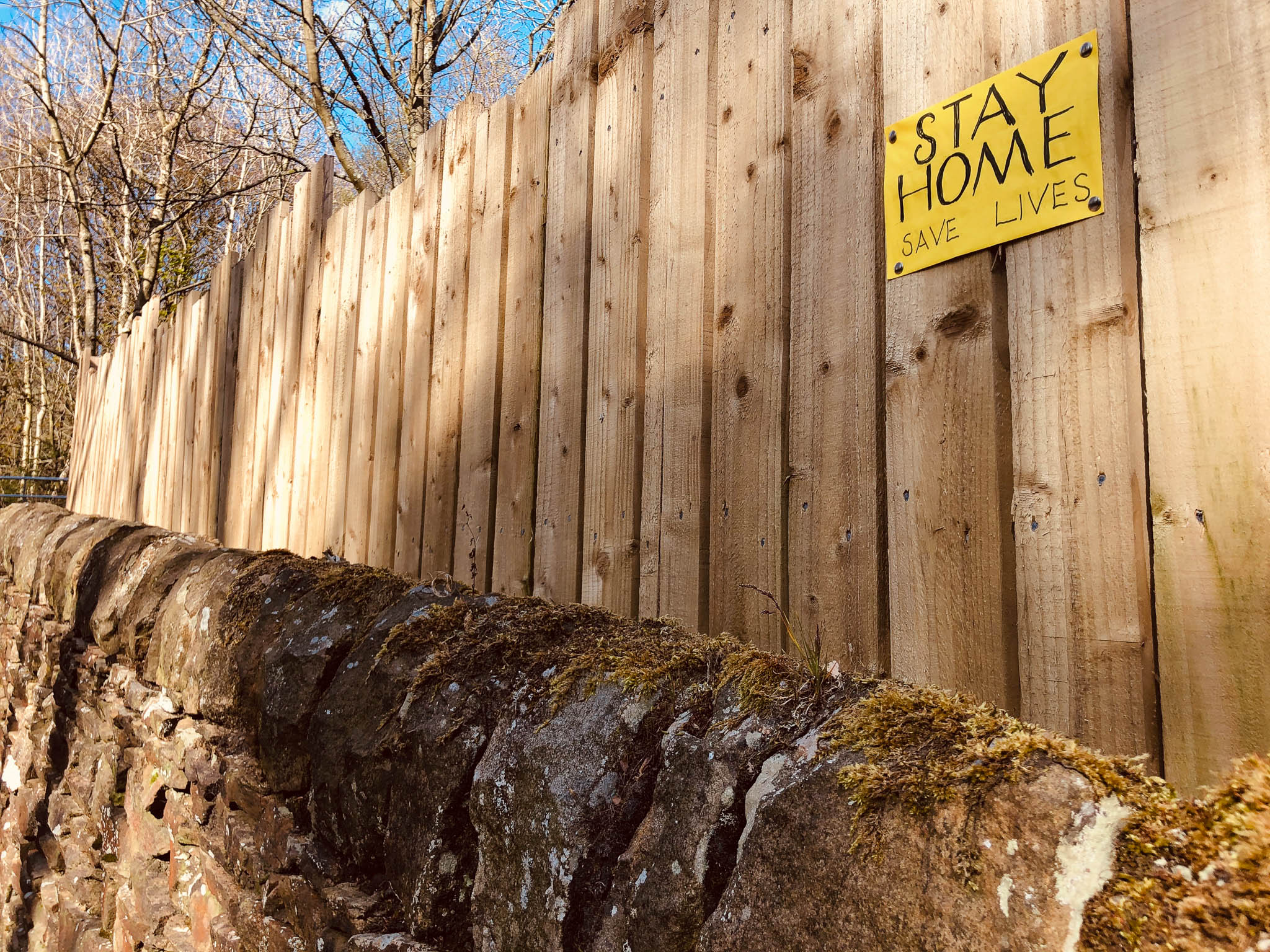
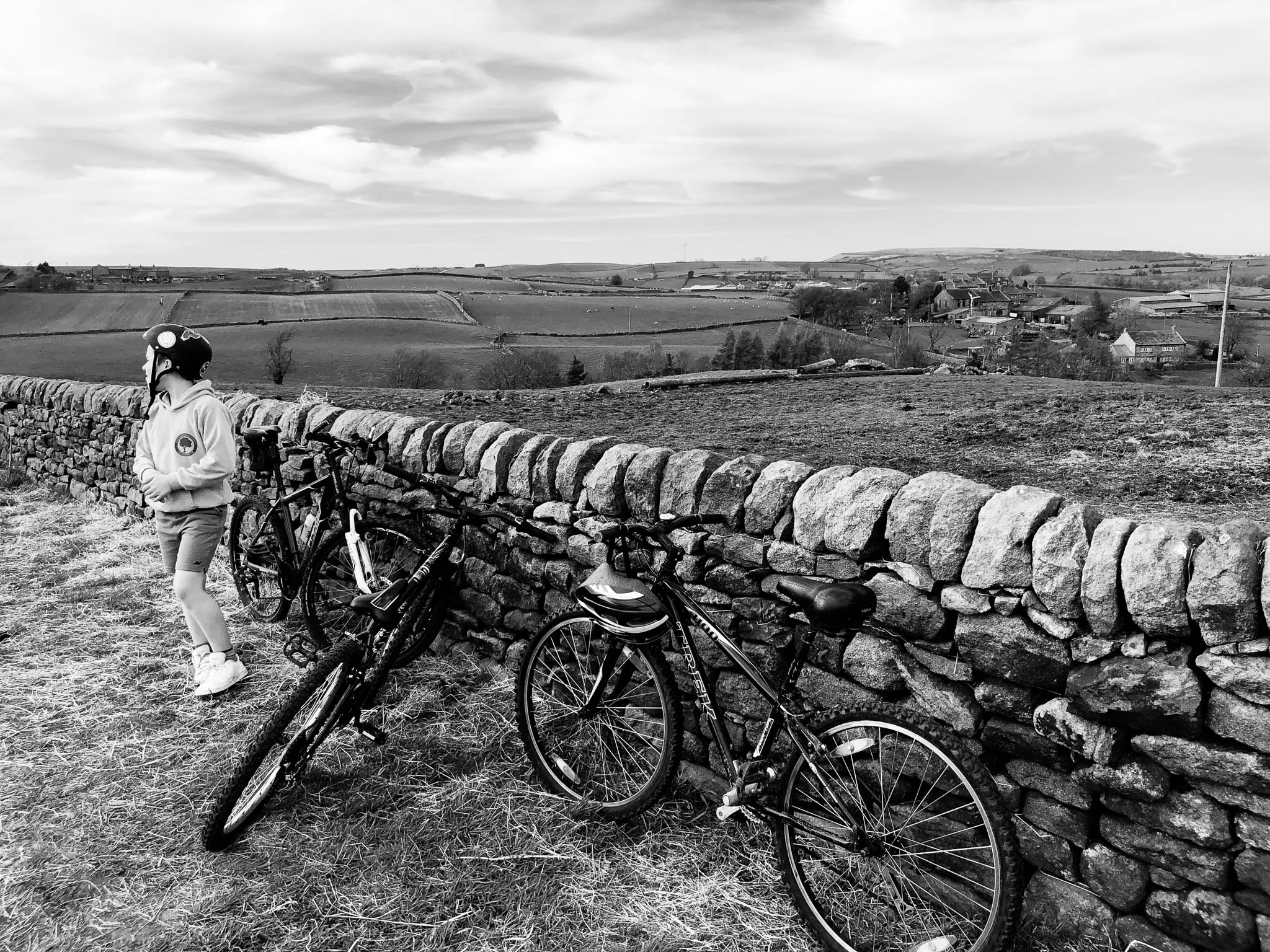
MPB: Has this project changed the way you think about photography? Will you carry anything forward from this time into your work?
CM: I’m not sure it has changed the way I think about photography. But it has shown me that it is possible to work with people, using a virtual platform, in a way that enables them to respond and to create really powerful images. I really do want to pursue this and think it could be the start of something so interesting. In a lot of ways, it has shown me the potential of how powerful using visual images can be. The young peoples’ work has been shown to the world, and the world has been positive. And that is truly amazing. I am still going to continue doing my own work if I can, but if I can grow and develop the Through Our Lens project with this group, and then extend it to other groups around the world, I would love to do that. It is potentially life-changing. Often, as photographers, we go and take photographs of people to show the world their stories. But I realise now, that there is something more powerful when the people themselves can express their situation through photography or the art of words.
Across the world, people in the photography community have embraced the work of teenagers and have been so kind. Many comments on Instagram or share the work on Twitter. Photographers like Barrie Lewis, Jillian Edelstein, Stella Kramer, and Kathy Ryan. I am so delighted for the young photographers.
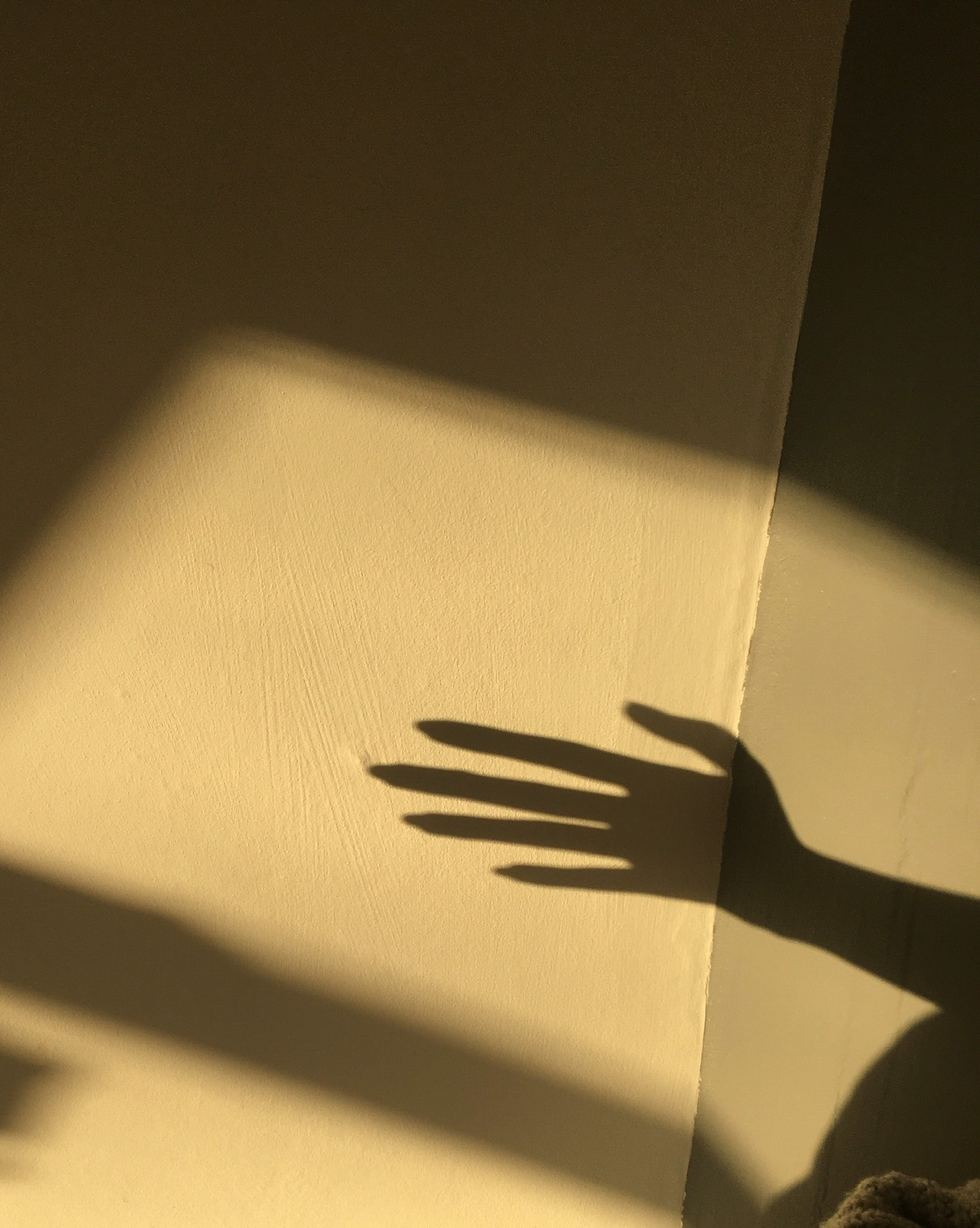
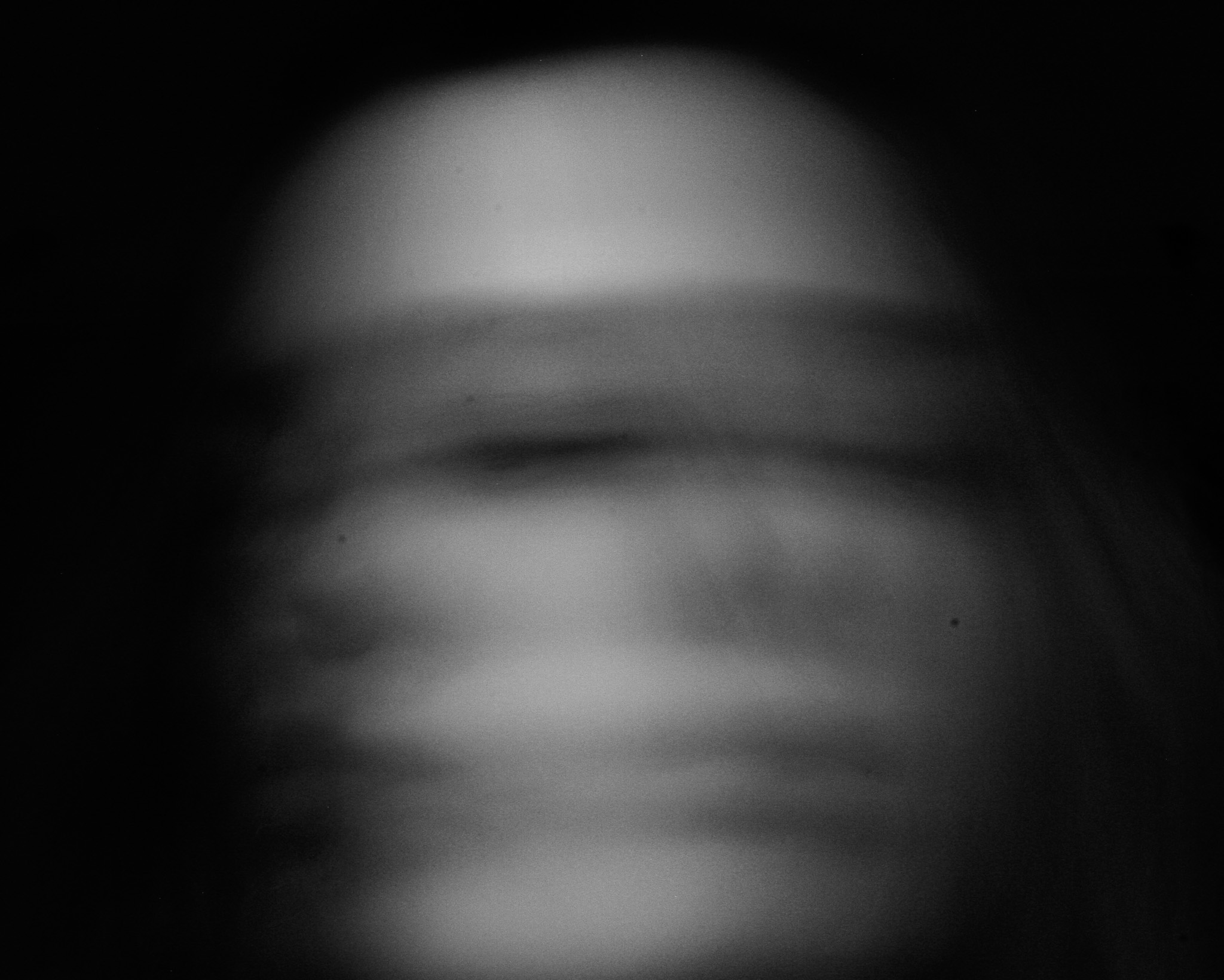
MPB: What’s the next stage for the project?
CM: I am currently working on this project seven days a week and eight hours a day. This is entirely my choice, and I feel I need to do it like this—that is why it is working well. However, I would love to be able to get people on board to support the work’s development and exhibition through sponsorship, support or patronage. Together, we can really make it much stronger.